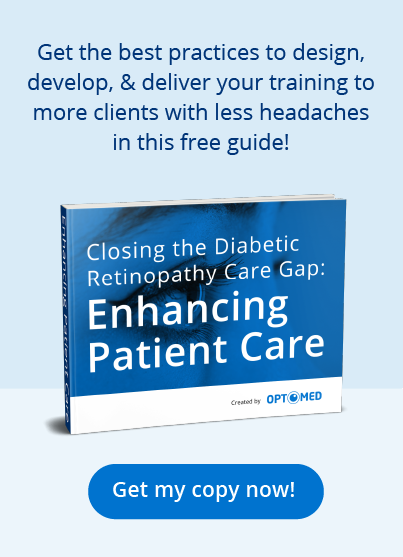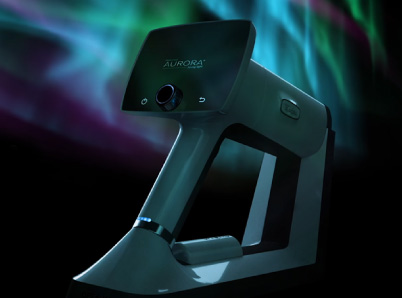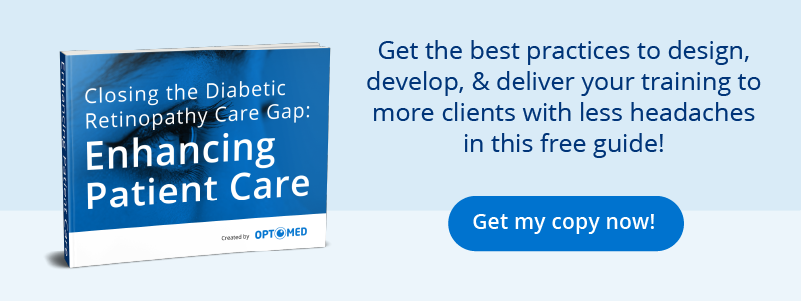Diabetic retinopathy is a silent condition. While it is one of the most common causes of acquired blindness in adults, it’s not often detected until the condition is far too advanced for doctors to do anything to reverse it. Non-proliferative diabetic retinopathy (NPDR), the earliest stage of the condition, can only be detected with a fundus screening, as with other retina disorders. Early screenings can save people’s vision, but it’s estimated that fewer than half of all diabetics in the United States are screened regularly.
To make matters more complicated, the groups who are more at risk are less likely to be screened. Hispanic Americans over the age of fifty have the biggest risk of diabetic retinopathy compared to other groups, and African Americans are at an increased risk of diabetes compared to the rest of the population. One study found that 45% of Native Americans with diabetes had some form of diabetic retinopathy.
Why are these groups not screened as often for retina disorders? There are several factors. Education about diabetes and how it affects the eyes may be less, insurance providers may not cover the screening at all (Medicaid and Medicare only recently started to cover screenings, in 2019), and there may be long waiting times for appointments with specialists.
Screenings for retina disorders by primary care physicians (PCPs) have several advantages. PCPs are easier to get appointments with and tend to have a better grasp or record of the risk elements for diabetic retinopathy, such as weight gain, high a1c levels, and high blood pressure. Also, most people see their PCP more often than any specialist and are more familiar with them. If PCPs can do these screenings, the gap can be eased, and early cases of retina disorders can be detected. HEDIS criteria for screening include a vision screening, as well as a1c and urine protein levels checks. If a PCP is working to meet this, they should be able to provide a screening or refer the patient to someone who can.
There is a complication to this, however. Most PCPs use the direct ophthalmoscope for retina disorder screenings. If the medical provider is not trained in how to interpret the images, it is of little use. It’s also time consuming because it takes many steps to use it. There are several light settings to memorize and different techniques to use if the patient is nearsighted or farsighted. If PCPs are doing these screenings, they should have access to a simpler system. This is one of the recommended changes for increasing rates of diabetic retinopathy screening.
Mobile fundus screening for retina disorders might be the solution. Unlike the direct ophthalmoscope, it can be connected to a system that can help interpret the images. A mobile fundus screening system can be used in nearly any place that patients can be found: clinics, in the homes of patients, and in rural areas where specialist offices are harder to access. Most importantly, it’s much faster than the use of a direct ophthalmoscope. The images can be transferred from the PCP to the ophthalmologist, who can interpret the images for them. Even if a specialist has to be called in, having a tool that can give the PCP an idea of the problem can help.
PCPs go into their field primarily to help others. While most of them know that they can’t treat everything themselves, they don’t want patients to leave without an understanding of whatever medical issues they may be dealing with. If the screening for something like diabetic retinopathy and other retina disorders is quick, the PCP can see more patients, and they have a better understanding of the patient’s current health—a win for both sides.
Here at Optomed, our mission is to help save the vision of millions of people. By integrating our software and artificial intelligence solutions with our camera, we enable eye screening for everyone, wherever they are. To see how we can equip you to save the sight of more patients, schedule a free consultation today!



